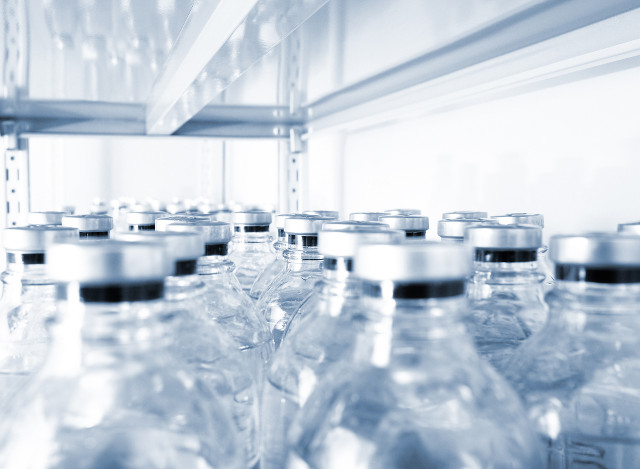Posted on October 5, 2016
Treating your drug substance or drug product with an acid, a base, an oxidising substance, heat or exposing it to direct light might sound extreme, but that is exactly what the TGA want to see in your registration dossier.
Assay results of around 100% are certainly ideal, but if your test method cannot distinguish the active ingredient from any impurities formed through degradation, then how can you be sure your product will remain safe and efficacious throughout its shelf life?
Forced degradation studies, also known as ‘stress testing’ studies, are used to demonstrate that the assay and impurity test methods are sensitive to the full range of potential degradation products that could form over the shelf-life of a drug product or drug substance. Regulatory authorities will expect to see this data in Module 3 of a registration dossier; however, it is important that the studies are performed correctly.
So how much stress?
Detailed instructions on how to perform stress testing are not readily available in published regulatory guidance documents. This is because there is no “one size fits all” when it comes to stress testing. What may be adequate for one product may be too extreme for another. Instead, stress testing studies should be designed considering the nature of the drug substance and drug product, along with some common sense.
Companies often apply conditions that are either too drastic, resulting in irrelevant degradation, or sometimes the conditions applied are not harsh enough and result in little or no significant degradation being observed. The ideal result under each of the five stress conditions (acid, base, oxidising, heat, light) is that the main compound is degraded by around 5-15% (ideally 10%). The conditions applied should also allow for some predictability of degradation pathways. Chromatographic conditions should ensure that degradants can be separated (as much as possible) and that they don’t interfere with measurement of the main compound or previously known impurities and degradants.
What about mass balance?
Another important measure of an acceptable stability-indicating test method is its ability to account for all the components produced under stressed conditions and over the ordinary shelf-life of the product. Ideally, the amount of decrease in the main active component has a directly corresponding increase in the amount of all the measured impurities and degradants. Where this is not the case, a few factors will need to be considered to ensure that mass balance can be achieved (or differences understood) such as improvements to the test method(s), changes to the stress conditions or possible degradation pathways which may hinder the detection or measurement of specific compounds.
Stress-testing is an important validation consideration and should be conducted very early in the development or implementation of new test methods rather than leaving it until regulatory authorities raise questions on the results.
Want to know more?
This article was written by Tim Dow and Colleen Turnbull, from our Regulatory Services team
For assistance in reviewing or designing your forced degradation studies, please contact our expert Regulatory Services team on +61 3 9251 0777
